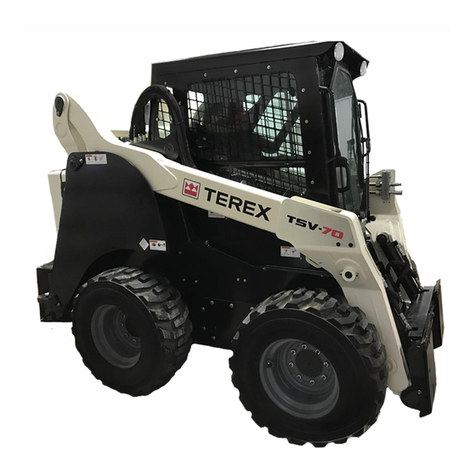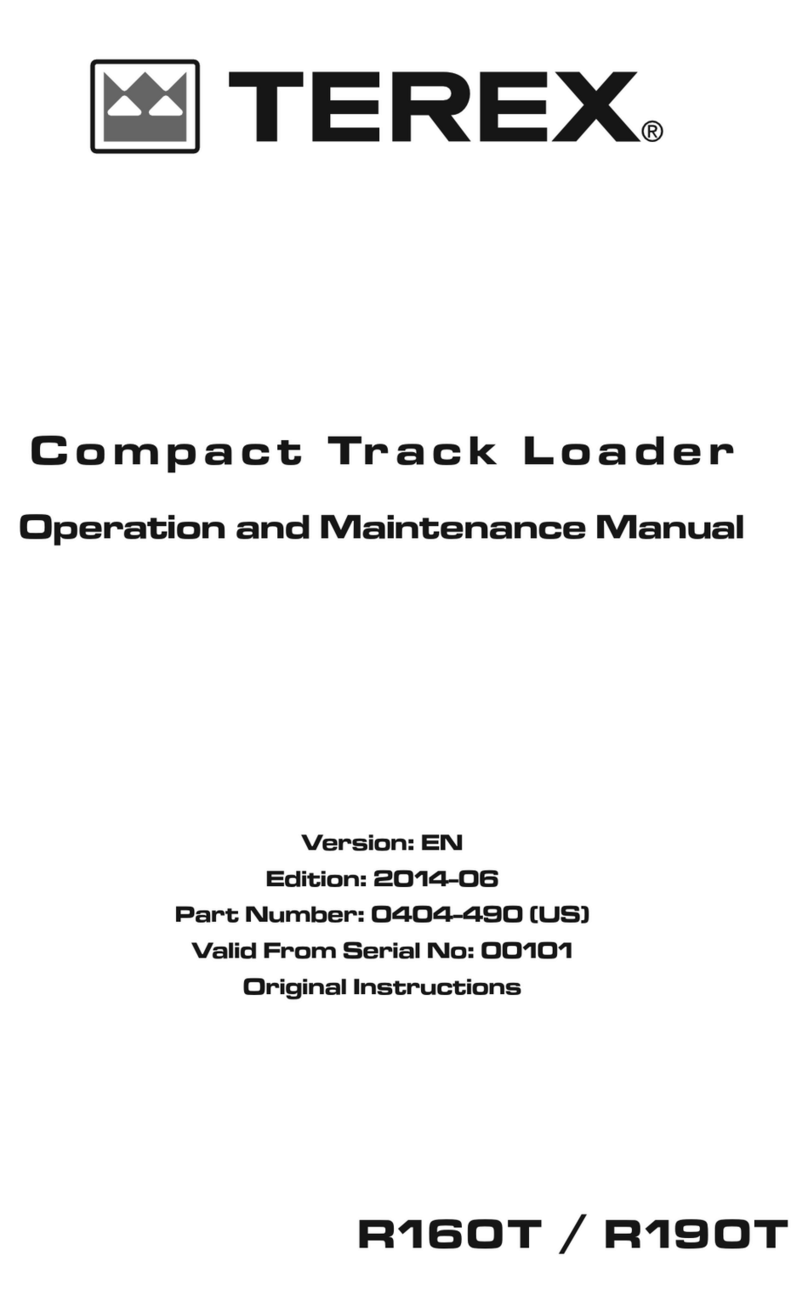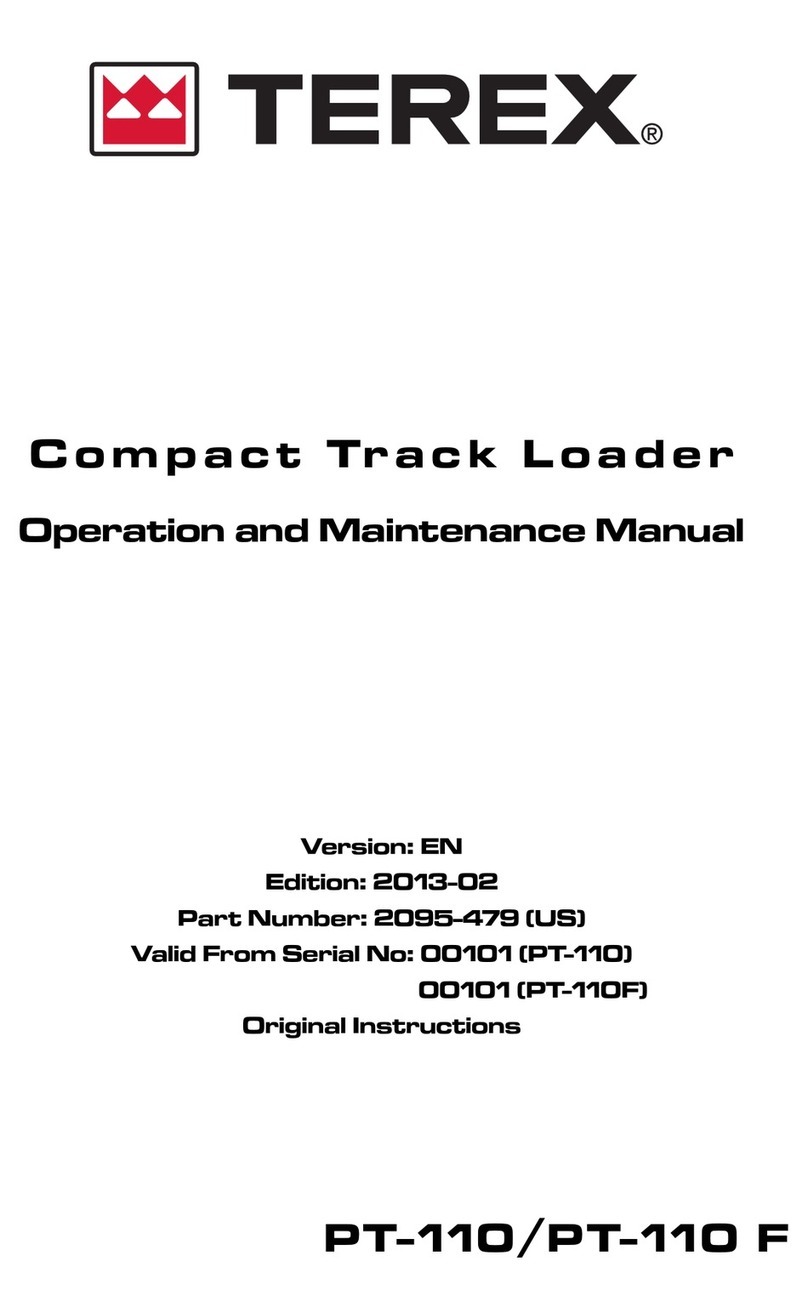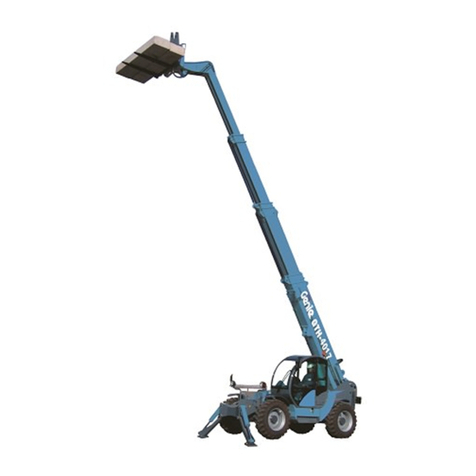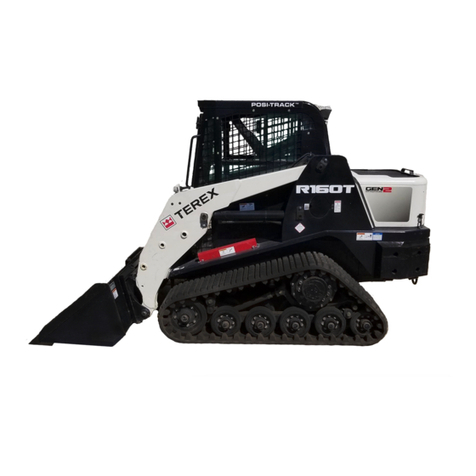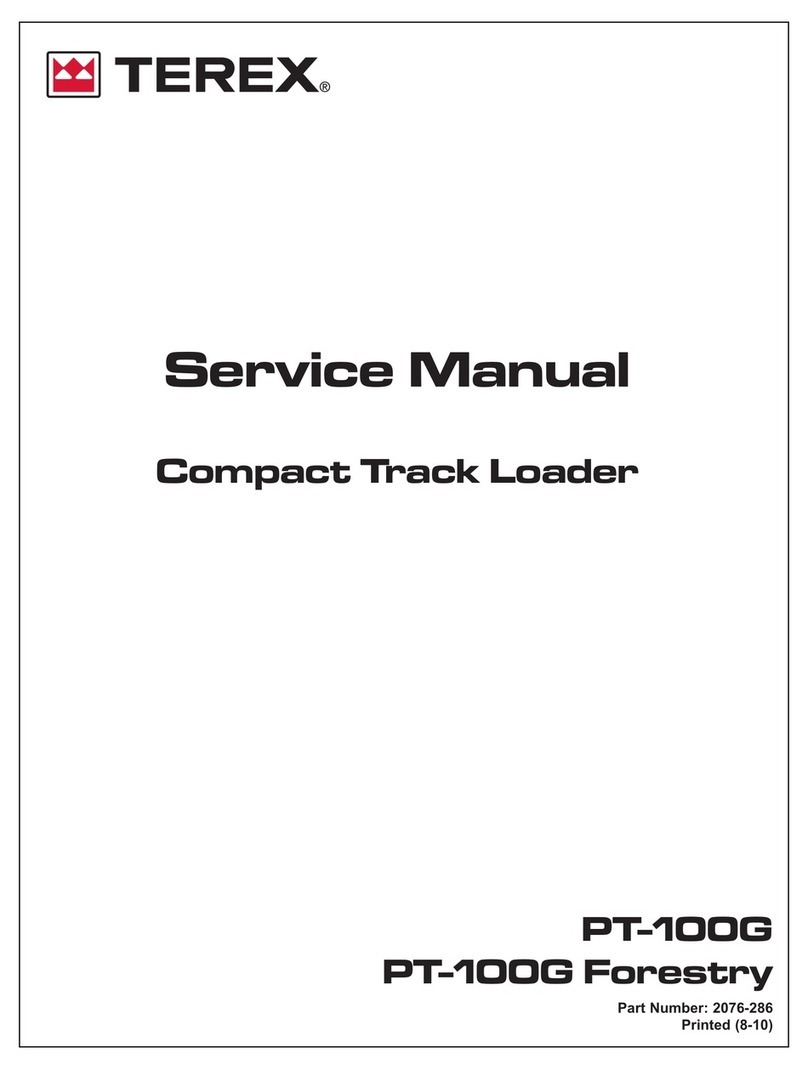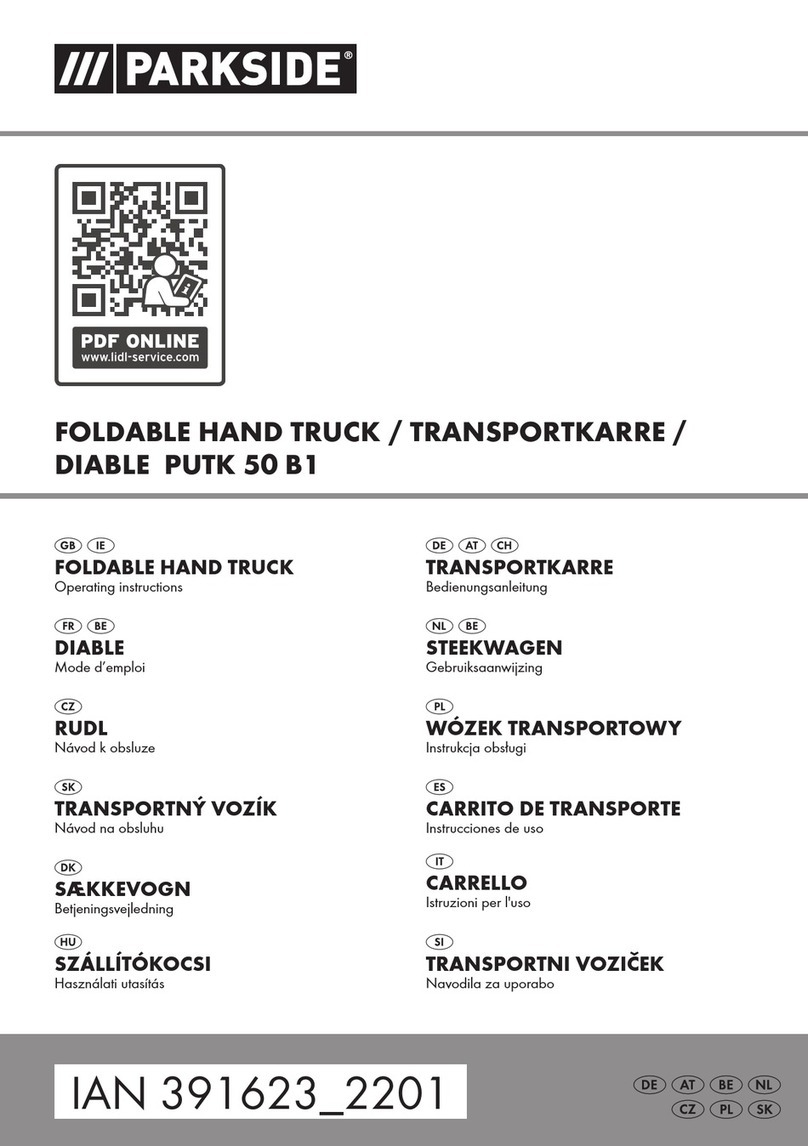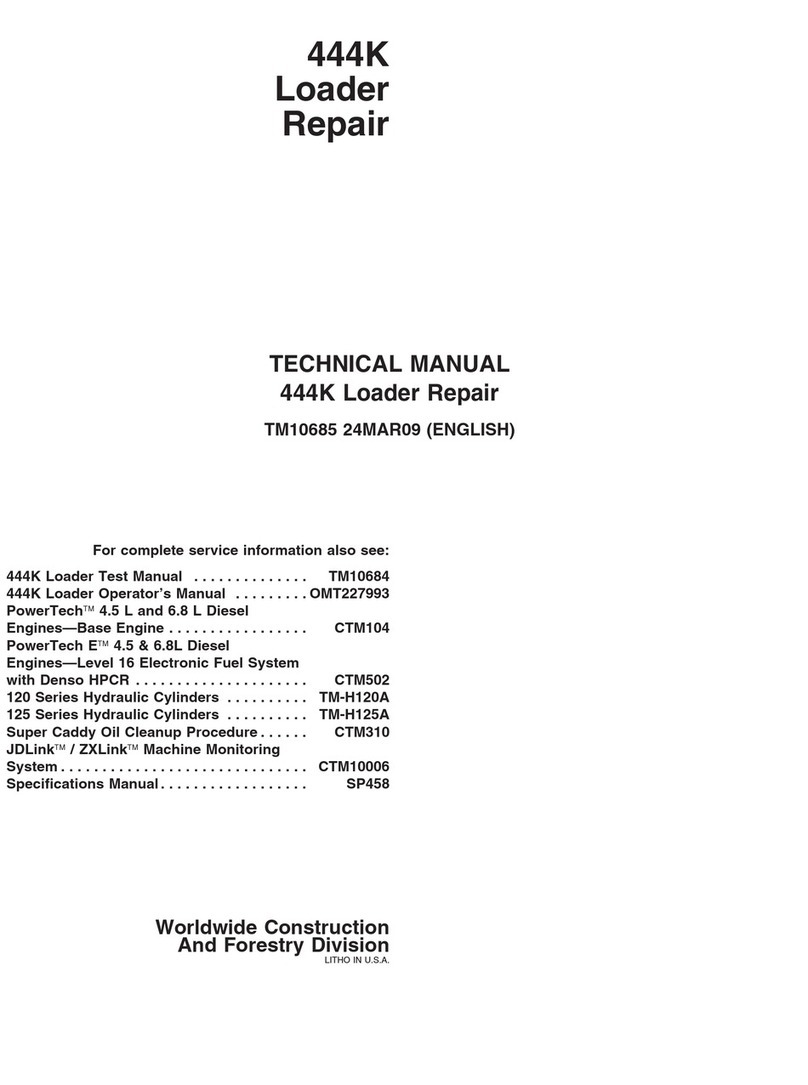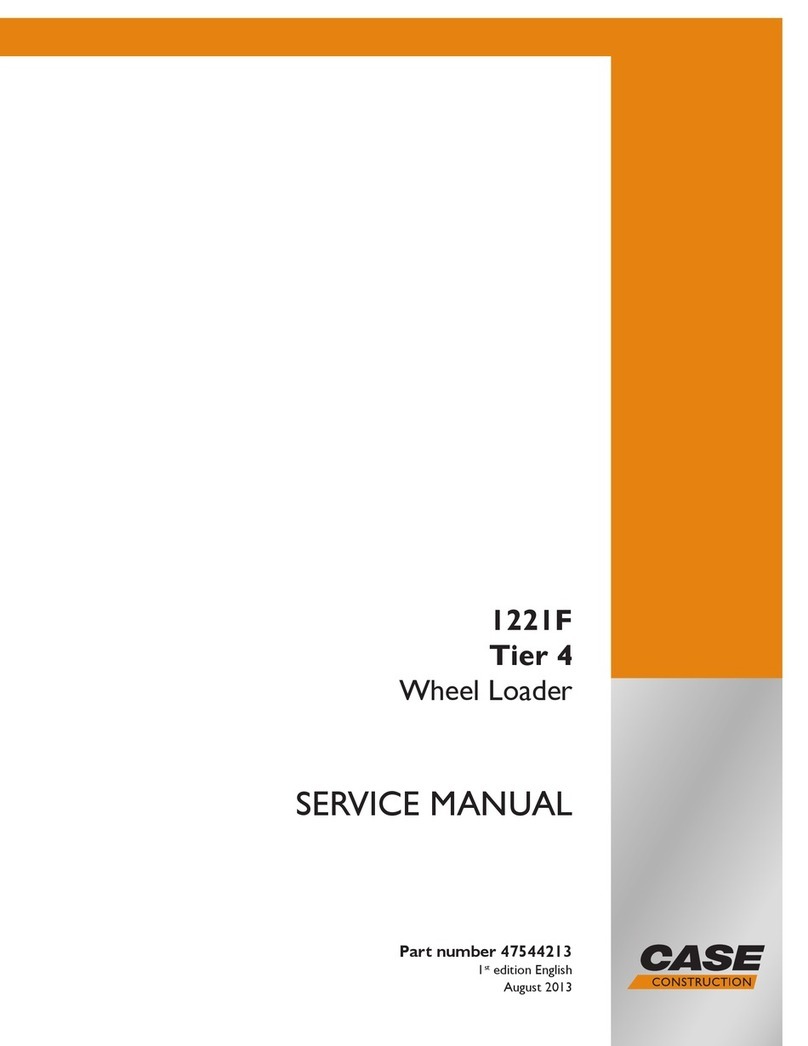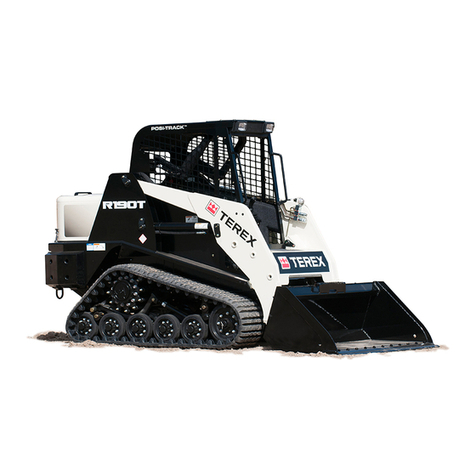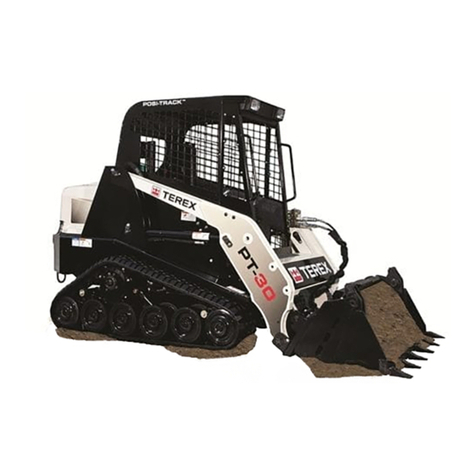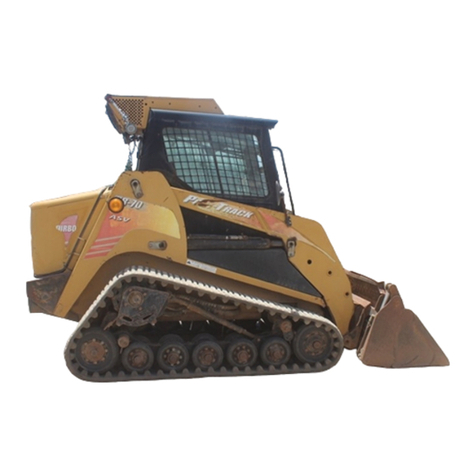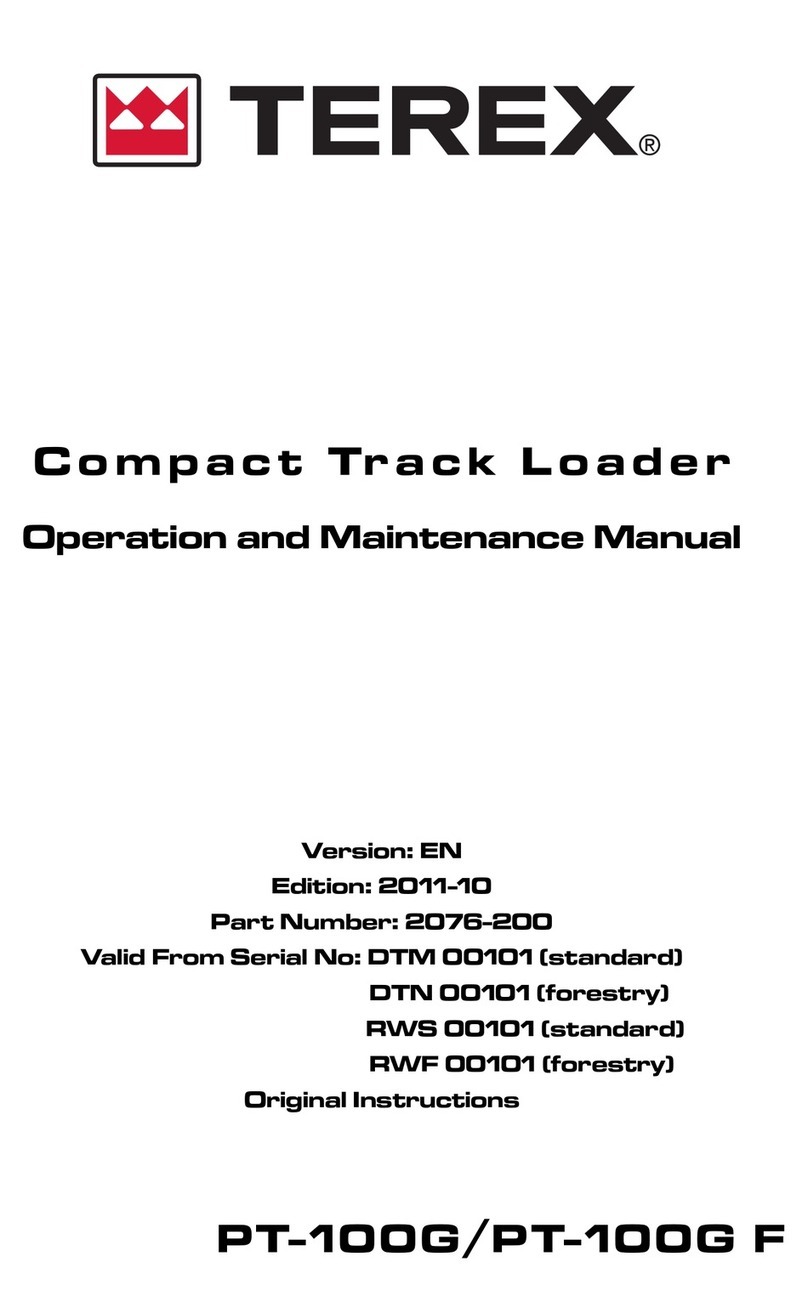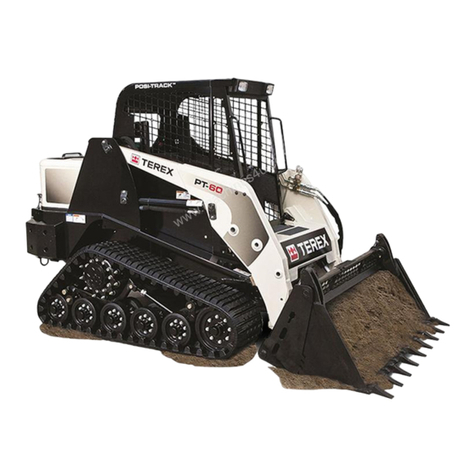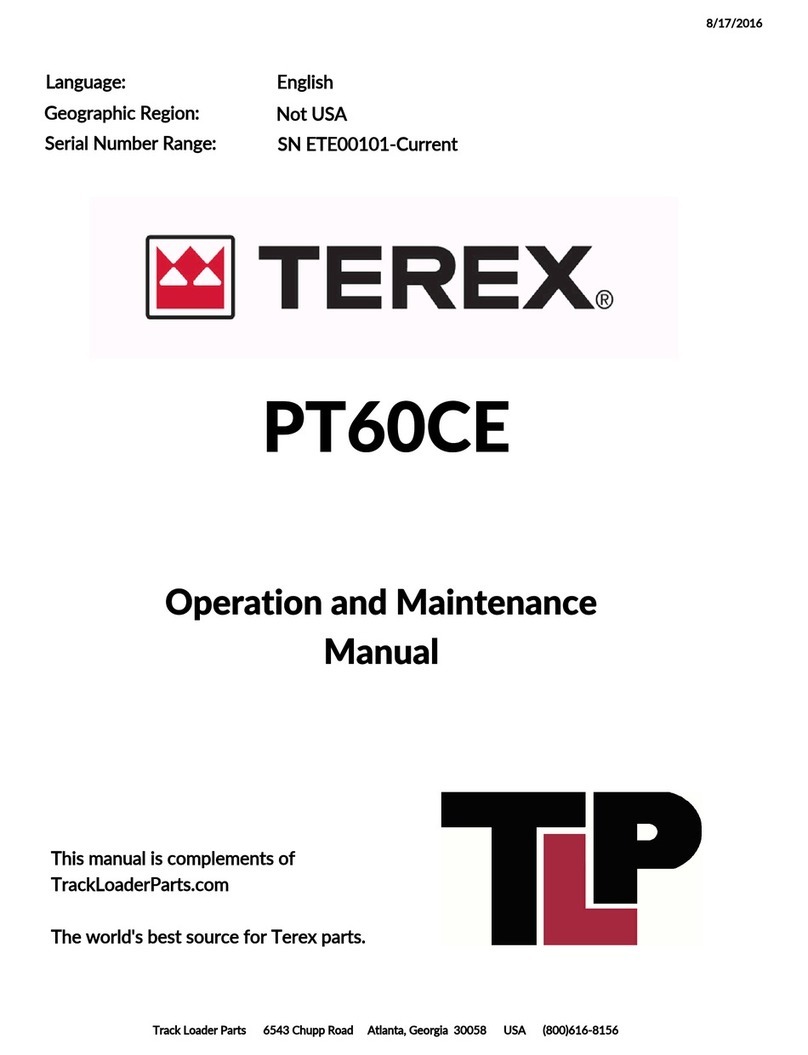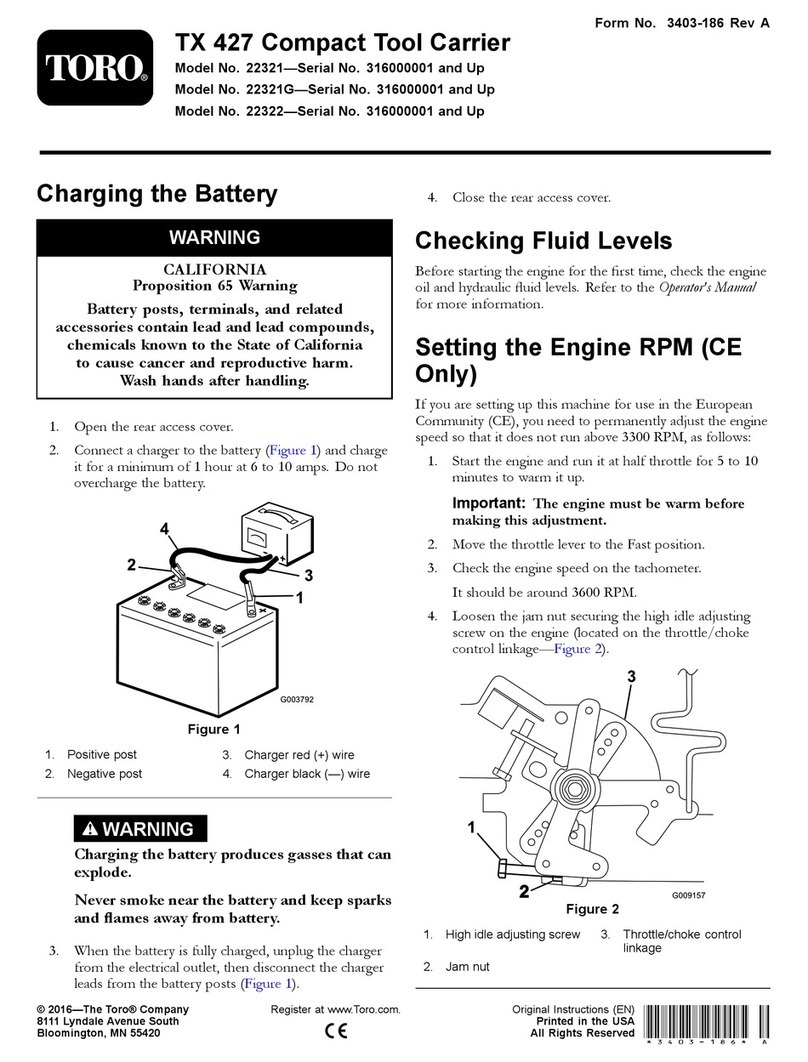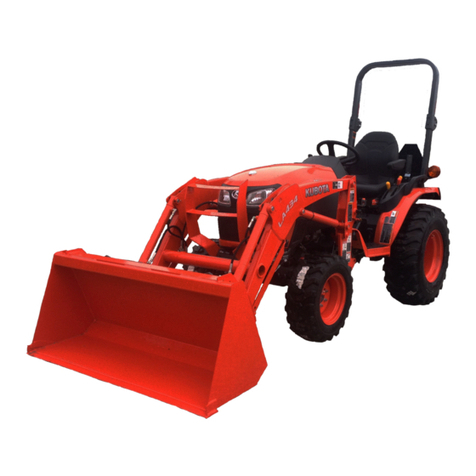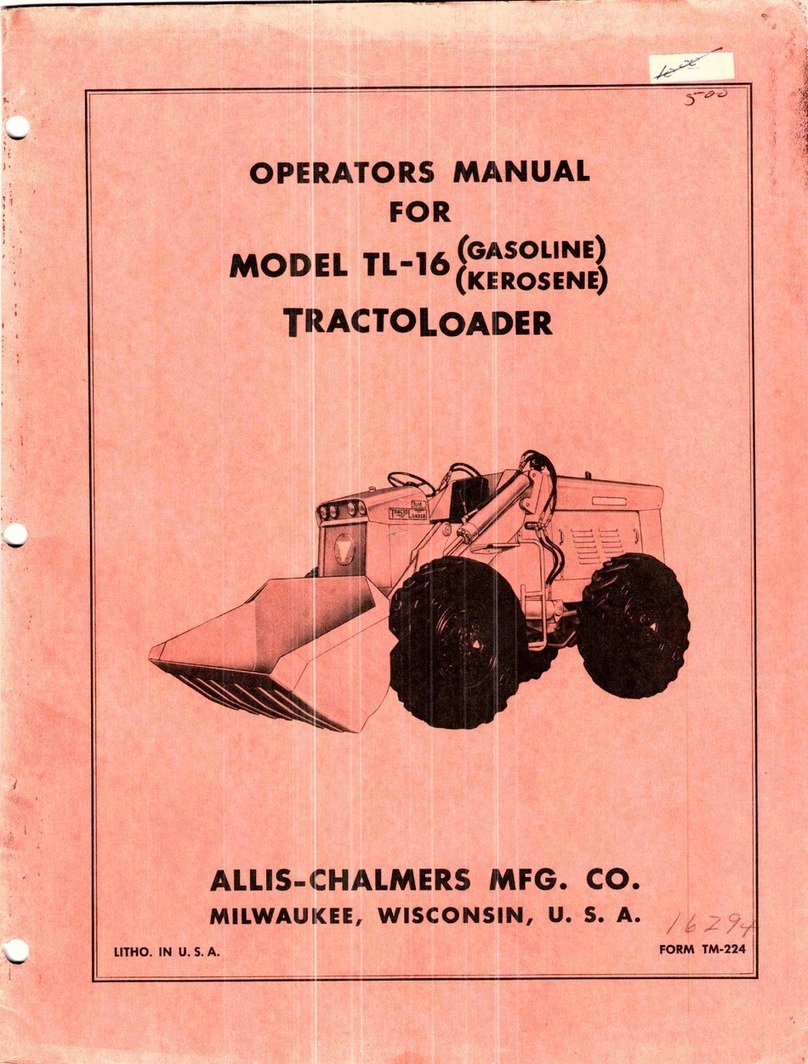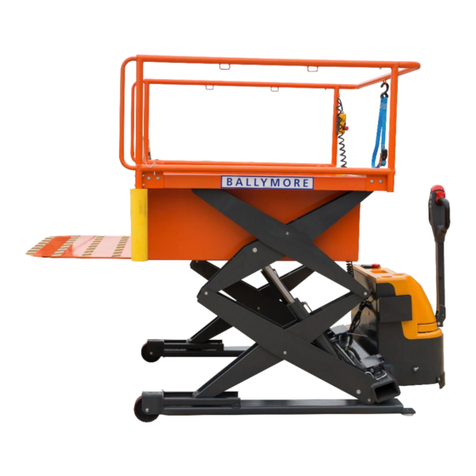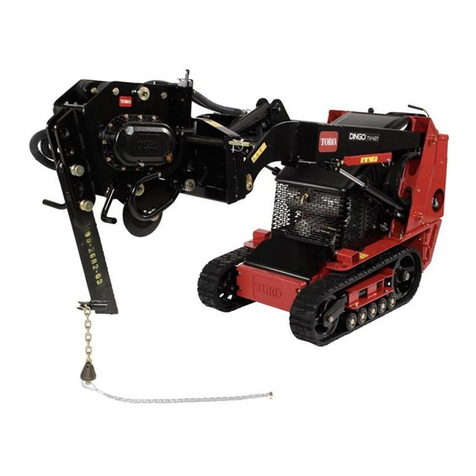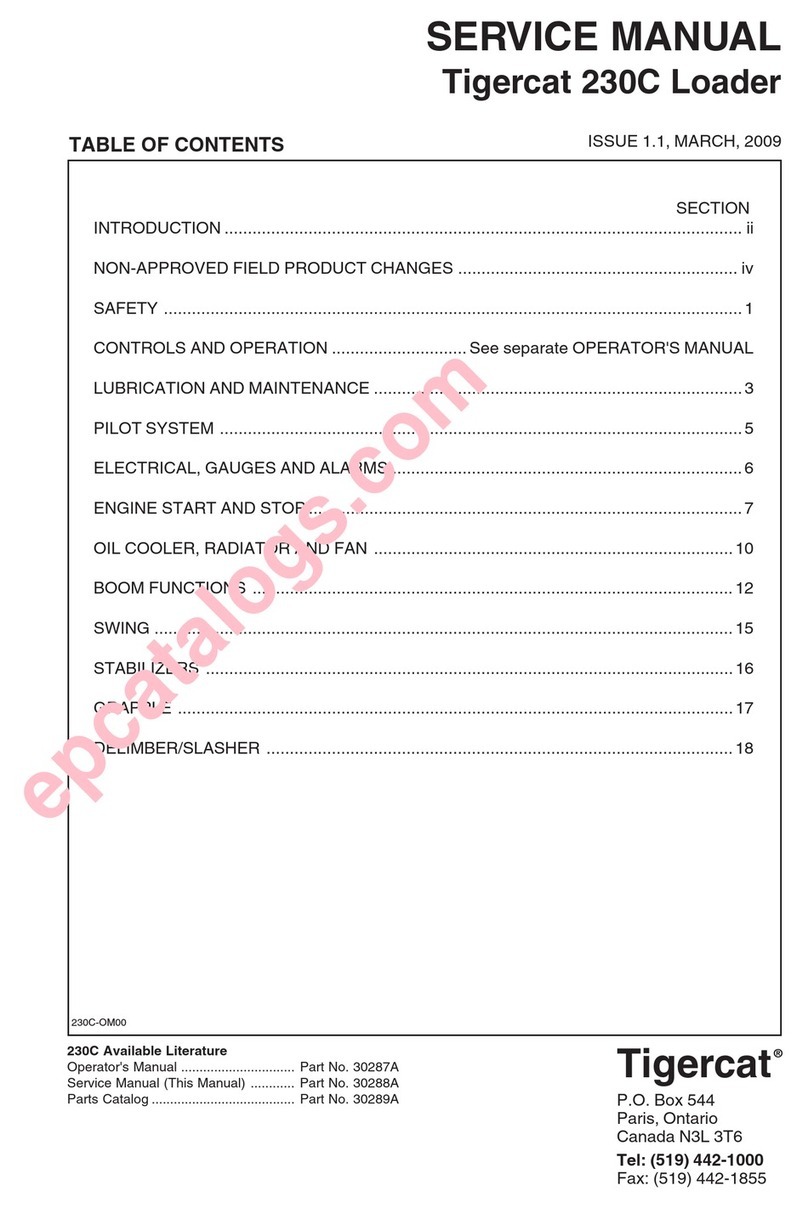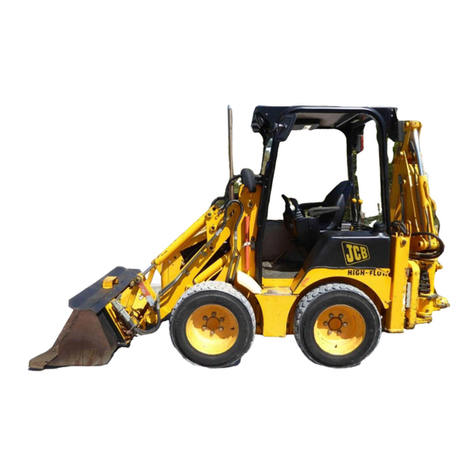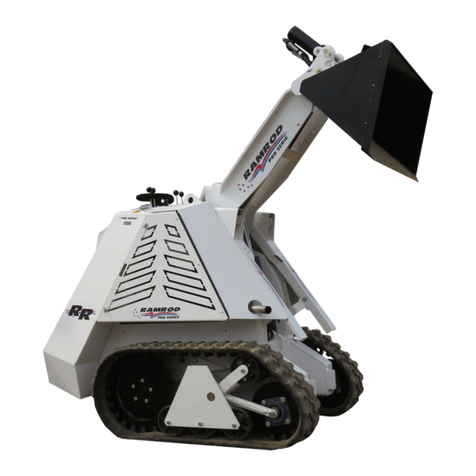
4Operating Instructions Wheel Loader TL120
Index
4 Operation. . . . . . . . . . . . . . . . . . . . . . . . . . . . . . . . . . . . . . . . . . . . 35
4.1 Initial familiarization . . . . . . . . . . . . . . . . . . . . . . . . . . . . . . . . . . . . . . . . . . 35
4.2 Display elements and operator controls . . . . . . . . . . . . . . . . . . . . . . . . . . . . . . . 36
4.3 Engine . . . . . . . . . . . . . . . . . . . . . . . . . . . . . . . . . . . . . . . . . . . . . . . . . 40
4.3.1 Starting . . . . . . . . . . . . . . . . . . . . . . . . . . . . . . . . . . . . . . . . . . . . . . 40
4.3.2 Monitoring the machine during operation . . . . . . . . . . . . . . . . . . . . . . . . . . . . . 41
4.3.3 Switching off the engine . . . . . . . . . . . . . . . . . . . . . . . . . . . . . . . . . . . . . 41
4.4 Driver's seat / Steering wheel tilt adjustment . . . . . . . . . . . . . . . . . . . . . . . . . . . . . 42
4.5 Heating/ventilation. . . . . . . . . . . . . . . . . . . . . . . . . . . . . . . . . . . . . . . . . . . 43
4.6 Lighting in compliance with German Road Traffic Regulations (StVZO) . . . . . . . . . . . . . . . 43
4.7 Hydroinflation of tires . . . . . . . . . . . . . . . . . . . . . . . . . . . . . . . . . . . . . . . . . 44
4.8 Driving, steering and braking . . . . . . . . . . . . . . . . . . . . . . . . . . . . . . . . . . . . . 45
4.8.1 Driving . . . . . . . . . . . . . . . . . . . . . . . . . . . . . . . . . . . . . . . . . . . . . . 45
4.8.2 Steering . . . . . . . . . . . . . . . . . . . . . . . . . . . . . . . . . . . . . . . . . . . . . . 47
4.8.3 Brakes . . . . . . . . . . . . . . . . . . . . . . . . . . . . . . . . . . . . . . . . . . . . . . 47
4.8.4 Driving on roads . . . . . . . . . . . . . . . . . . . . . . . . . . . . . . . . . . . . . . . . . 48
4.8.5 Switching off the machine (parking) . . . . . . . . . . . . . . . . . . . . . . . . . . . . . . . 49
5 Working Operation . . . . . . . . . . . . . . . . . . . . . . . . . . . . . . . . . . . . . . 51
5.1 Operation - Loader. . . . . . . . . . . . . . . . . . . . . . . . . . . . . . . . . . . . . . . . . . . 51
5.2 Changing work attachments . . . . . . . . . . . . . . . . . . . . . . . . . . . . . . . . . . . . . 53
5.2.1 General . . . . . . . . . . . . . . . . . . . . . . . . . . . . . . . . . . . . . . . . . . . . . . 53
5.2.2 Assembly of work attachments . . . . . . . . . . . . . . . . . . . . . . . . . . . . . . . . . . 54
5.3 Notes on how to work with the machine . . . . . . . . . . . . . . . . . . . . . . . . . . . . . . . 56
5.3.1 Loading . . . . . . . . . . . . . . . . . . . . . . . . . . . . . . . . . . . . . . . . . . . . . . 56
5.3.2 Scraping and grading . . . . . . . . . . . . . . . . . . . . . . . . . . . . . . . . . . . . . . . 56
5.3.3 Excavating . . . . . . . . . . . . . . . . . . . . . . . . . . . . . . . . . . . . . . . . . . . . 56
6 Recovery, Loading and Transporting . . . . . . . . . . . . . . . . . . . . . . . . . . . . 57
6.1 Recovery. . . . . . . . . . . . . . . . . . . . . . . . . . . . . . . . . . . . . . . . . . . . . . . . 57
6.2 Loading with a crane . . . . . . . . . . . . . . . . . . . . . . . . . . . . . . . . . . . . . . . . . 58
6.3 Transport of the machine . . . . . . . . . . . . . . . . . . . . . . . . . . . . . . . . . . . . . . . 58
7 Care and Maintenance . . . . . . . . . . . . . . . . . . . . . . . . . . . . . . . . . . . . 59
7.1 Intervals . . . . . . . . . . . . . . . . . . . . . . . . . . . . . . . . . . . . . . . . . . . . . . . . 59
7.2 Regular oil analyses . . . . . . . . . . . . . . . . . . . . . . . . . . . . . . . . . . . . . . . . . 60
7.3 Warranty. . . . . . . . . . . . . . . . . . . . . . . . . . . . . . . . . . . . . . . . . . . . . . . . 60
7.4 Inspection parts and aids . . . . . . . . . . . . . . . . . . . . . . . . . . . . . . . . . . . . . . . 61
7.5 Care and cleaning . . . . . . . . . . . . . . . . . . . . . . . . . . . . . . . . . . . . . . . . . . . 62
7.6 Notes for operation in winter. . . . . . . . . . . . . . . . . . . . . . . . . . . . . . . . . . . . . . 62
7.7 Checking, maintenance and inspection plans . . . . . . . . . . . . . . . . . . . . . . . . . . . . . 64
7.7.1 Initial inspection (hand-over inspection) . . . . . . . . . . . . . . . . . . . . . . . . . . . . . 64
7.7.2 Daily and weekly tasks . . . . . . . . . . . . . . . . . . . . . . . . . . . . . . . . . . . . . . 66
7.7.3 Overview of lubricating points. . . . . . . . . . . . . . . . . . . . . . . . . . . . . . . . . . . 68
7.7.4 Inspection plan . . . . . . . . . . . . . . . . . . . . . . . . . . . . . . . . . . . . . . . . . . 70
7.8 Inspection and maintenance work . . . . . . . . . . . . . . . . . . . . . . . . . . . . . . . . . . 72
7.8.1 Engine oil . . . . . . . . . . . . . . . . . . . . . . . . . . . . . . . . . . . . . . . . . . . . . 72
7.8.2 Changing the engine oil filter . . . . . . . . . . . . . . . . . . . . . . . . . . . . . . . . . . . 74
7.8.3 Cooling system - combined hydraulic oil-water cooler . . . . . . . . . . . . . . . . . . . . . . 74
7.8.4 Fuel system . . . . . . . . . . . . . . . . . . . . . . . . . . . . . . . . . . . . . . . . . . . . 76
7.8.5 Air filter, air intake. . . . . . . . . . . . . . . . . . . . . . . . . . . . . . . . . . . . . . . . . 78
7.8.6 Double V-belt . . . . . . . . . . . . . . . . . . . . . . . . . . . . . . . . . . . . . . . . . . . 82
7.8.7 Checking the valve lash. . . . . . . . . . . . . . . . . . . . . . . . . . . . . . . . . . . . . . 84
